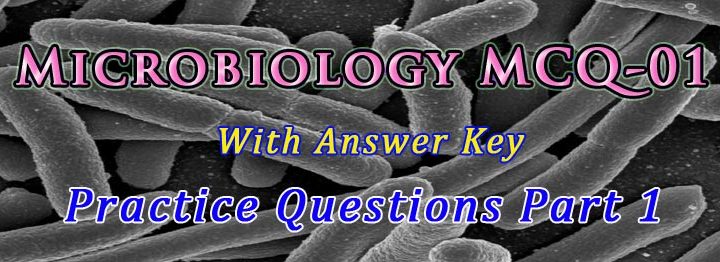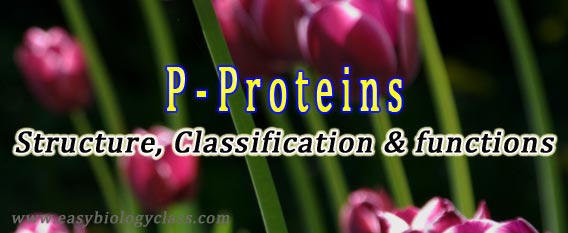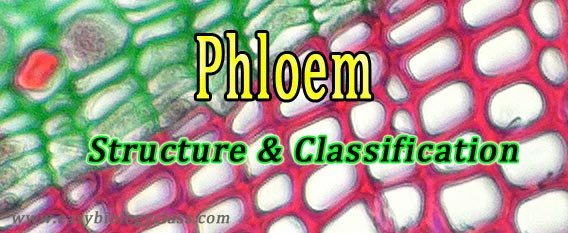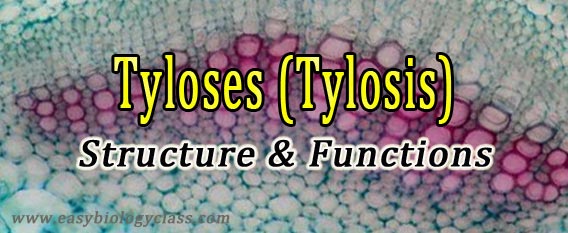Microbiology MCQ-01 1. The process in which all living cells, spores and viruses are completely destroyed from an object is called _____. a. Disinfection b. Pasteurization c. Sterilization d. Antisepsis 2. UHT sterilization involves high temperature exposure of objects for _____. a. 1 – 3 seconds b. 1 – 3 […]
Continue ReadingMonthly Archives: December 2016
Phloem Protein: Structure, Classifications and Functions
P Proteins (Phloem Proteins) are a category of proteins found in the sap of the sieve tubes of the phloem of Angiospermic plants. P-proteins were also as called ‘slime bodies’ of ‘slime’ in the old literature. P proteins are usually found in the phloem of dicot plants. P Protein Characteristics […]
Continue ReadingPhloem: Structure, Components and Classification
Phloem is a complex tissue system in plants. It is the food conducting tissue of vascular plants. Together with xylem, they form the vascular tissue system. The phloem composed of several types of cells among which some are living cells and some are dead. The term ‘phloem’ was introduced Nageli […]
Continue ReadingTyloses: Definition, Structure and Functions
What are Tyloses? Tyloses (singular – tylosis) are the balloon like outgrowth of parenchymatous cells to the lumen of tracheids or vessels of the secondary xylem. The axial and ray parenchyma of the xylem develops protrusion and these protrusions enter or invade into the lumen of tracheids or vessels through […]
Continue ReadingXylem: Structure, Parts and Classification
The tissue associated with conduction of water, minerals and food materials in plants are called vascular tissue. Plants with a well-developed conductive system are thus called as ‘vascular plants’. Vascular plants are also known as ‘Tracheophyta’ (‘trachaea’ = vessels, a component of xylem, ‘phyta’= plants). The vascular systems in plants […]
Continue Reading




